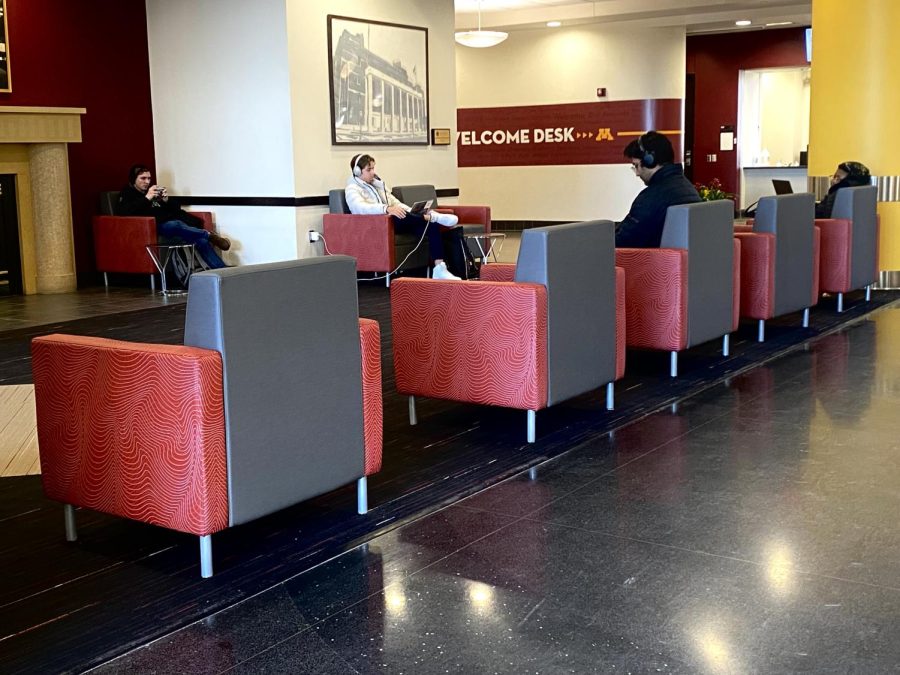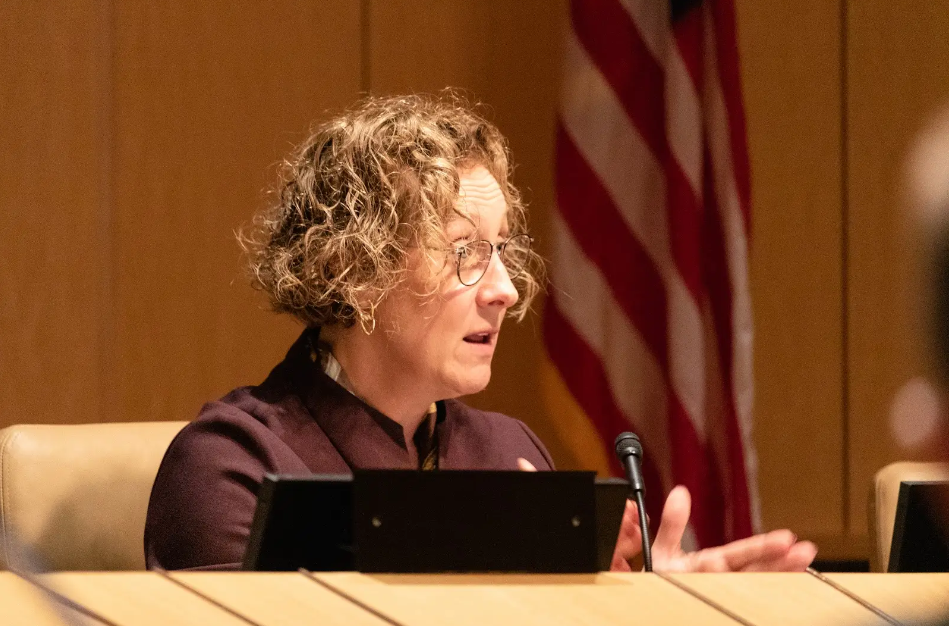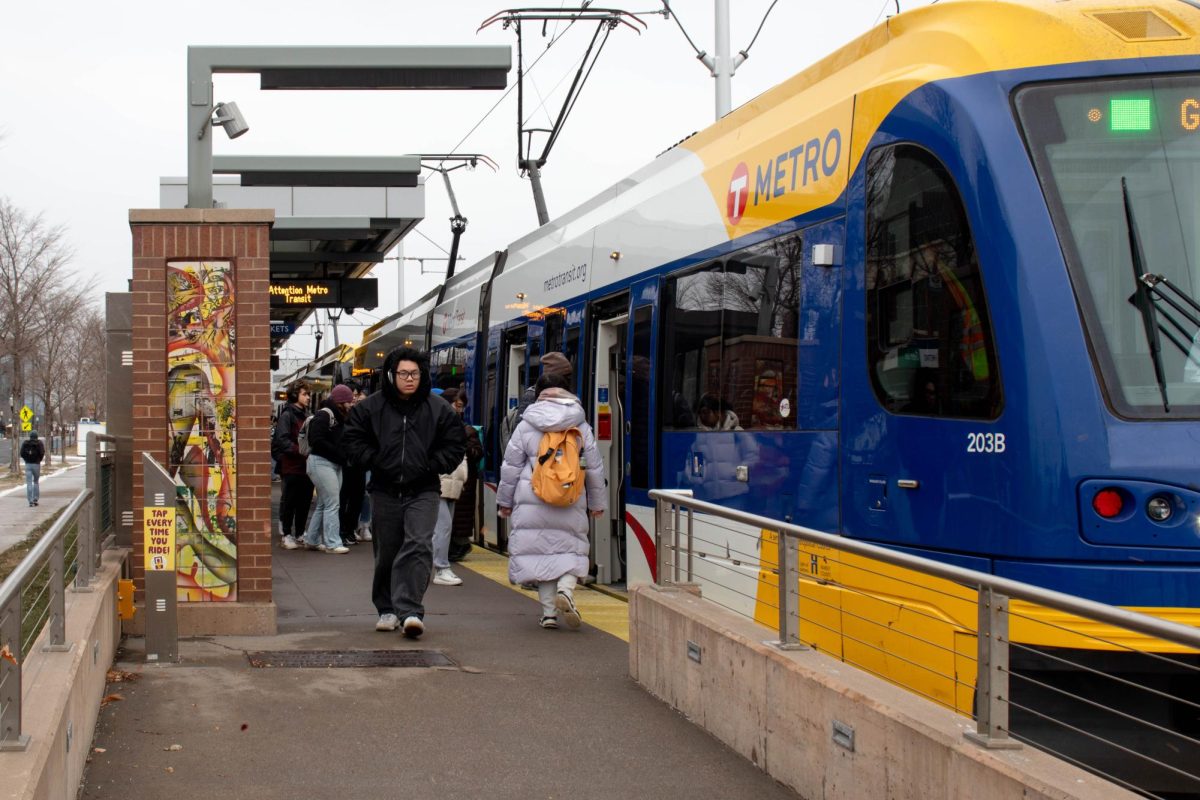In 2020, the University of Minnesota purchased about $20,000 worth of furniture from MINNCOR, an industry program that uses prison labor to create furniture and other home goods.
MINNCOR is a program created by the Minnesota Department of Corrections to provide offenders job skills to support positive behavior and successful transition into the community at no cost to taxpayers, according to the program’s website.
To generate revenue to support operations, MINNCOR sells manufactured goods to government entities, educational institutions, nonprofit organizations and private sector companies throughout Minnesota.
“Over the years, the industry program has provided financial support to educational programs and reentry initiatives,” MINNCOR Chief Executive Officer Jeff Lonsky said in an email to the Minnesota Daily.
Lonsky said the University’s purchases have been low in volume and 2020 was the last year MINNCOR fulfilled an order for the University.
MINNCOR-produced furniture has accounted for roughly 0.1% of the University’s total furniture spending systemwide over the past seven fiscal years, according to University Public Relations Director Jake Ricker. Ricker said he was unsure at the time of the statement why the University has not purchased furniture from MINNCOR since 2020.
The University’s most recent purchase from MINNCOR was wardrobes, chair reupholstery and new mesh chairs, according to a public records request through the University.
The program provides safe working conditions and compensation to individuals participating in the program, Lonsky said.
All wages earned by inmates are subject to mandatory reductions, including federal and state taxes, cost of confinement, financial assistance to dependents, restitution and other expenses.
According to a 2022 state statute, convicted individuals must pay for room, board, clothing, medical, dental and other correctional services during their confinement.
According to Zeke Caligiuri, a former offender, 50% of any wages earned from prison jobs are removed to pay for stay and other expenses. Twenty percent of money sent to inmates and 10% sent by an inmate is taken out to go toward those expenses.
Depending on the job, offenders can make between 25 cents to two dollars an hour in Minnesota. MINNCOR pays three dollars an hour.
Every two weeks, an offender receives about half of their paycheck after deductions, Caligiuri said.
An inmate’s time outside of the cell is determined by their job performance, Caligiuri said. If an offender doesn’t work, they are given limited time outside their cells.
“No work, no play is [the warden’s] justification,” Caligiuri said.
Joshua Page, an associate sociology professor at the University, said people in the prison system have limited opportunities because they don’t have access to the same freedoms as those outside of the prison system.
Industrial prison labor began in the 1870s and became widespread during the progressive era to replace union strikers. In the 1970s, private businesses started to use prison labor, Page said.
He said jobs provide useful skills for employment, a small income and a way to pass the time.
“They want to work, but be paid to do meaningful work,” Page said.
Currently, Caligiuri said he is involved in community outreach pertaining to issues such as re-entry, voting rights and financial exploitation.
“I wanted to make a deliberate effort to be a better person,” Caligiuri said.

















